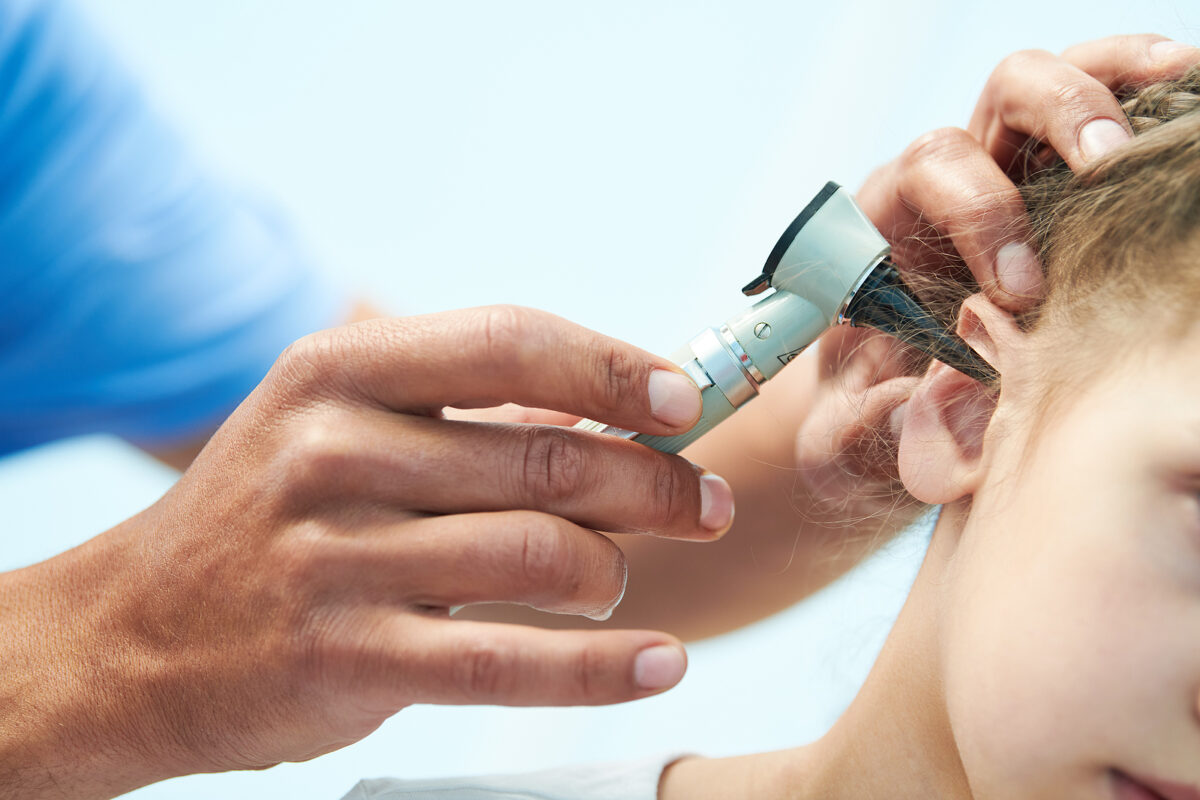When it comes to treating ear infections, a powdered medication is preferred by many otolaryngologists. Currently the best way to obtain this medication is through a compounding pharmacy who can obtain and combine all of the necessary ingredients in the appropriate concentrations.
Benefits of Ear Powder
There are a few benefits of an ear powder formulation with antibiotics compared to an oral or IV form of the drug. One benefit is that the treatment is applied topically, directly to the area of the infection, which may enhance its effectiveness while minimizing its adverse effects. The powder is able to directly treat the infection while not working systemically or affecting the gastrointestinal system.
When powders are administered to the ear they adhere to the moist surfaces for a long dwell time. The time that the powder is held in the treatment area is longer than with a liquid preparation. One issue with a liquid preparation is that it adds more moisture to the ear, which may provide an environment for bacteria to grow more easily. The powder thus does not add more moisture while also removing moisture from the ear by its absorption into the powder.
In general dry powder treatments are used for managing chronic otitis media and otitis externa as well as mastoiditis. Dry powder treatments have been used to treat ear infections for many years. Doctors now use the services of a compounding pharmacy to obtain these treatments.
Ear Infections
Chronic otitis media: A recurrent infection of the middle ear and/or mastoid air cells in the presence of a tympanic membrane perforation. Symptoms include hearing loss, otorrhea, aural fullness, otalgia, and occasionally true vertigo.
Chronic otitis externa: Also referred to as swimmer’s ear, this refers to inflammation of the external auditory canal or auricle. Symptoms include discomfort in the external auditory canal as well as redness and swelling.
Compounding Otic Powders
The otic powder can be provided as it is or can be made into capsules. The capsules can be used with a Sheehy-House insufflator, with each capsule including around a maximum of 15 puffs.
CSF Powder or Capsules
CSF Powder contains both antibiotics and an antifungal (amphotericin).
Chloramphenicol 46.7%, Sulfamethoxazole 46.7%, Amphotericin 5.6% (can add hydrocortisone).
Mastoid-HC Powder or Capsules
Mastoid powder also contains both an antibiotic and an antifungal.
Ciprofloxacin 33%, Clotrimazole 33%, Boric Acid 33%, Hydrocortisone 0.9%
How are Otic Powders Used?
Initially, the powder is usually prescribed to be used twice daily. Once the ear has returned to normal, the dose can be reduced to once per week to make sure the infection does not return. Research has shown that otic powders can rapidly resolve conditions like acute external otitis in as little as 3-4 days. The powder can be used with an accordion insufflator that puffs the powder into the ear or with a Sheehy House insufflator which does the same but with a capsule.
Articles
The use of otic powder in the treatment of acute external otitis – https://pubmed.ncbi.nlm.nih.gov/12019482/
Otitis Externa: A Practical Guide to Treatment and Prevention – American Family Physician

